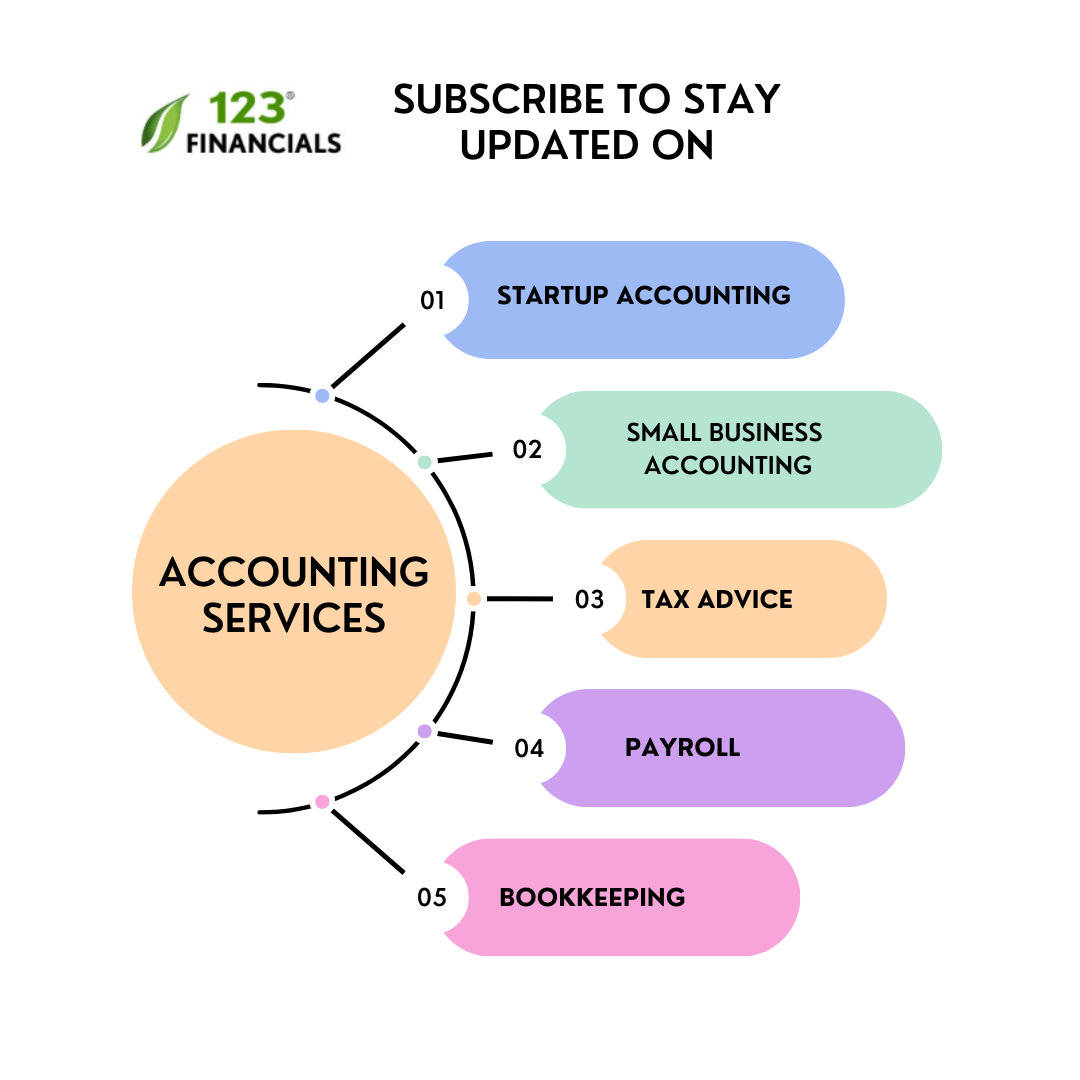Your tax amount depends on your business and personal income. It includes how much you are, how you earn it, and the structure of your expenses. You observe a change in your tax bill whenever you try to change either of these variables.
A text planning strategy will identify opportunities to save tax payments for the current year and years to come.
Here, we will look into the ten tax planning strategies for businesses.
● What is tax planning?
● 10 tax planning strategies for business
● Conclusion
What is tax planning?
Tax planning refers to analysing a business’s financial situation, considering income, size, the timing of purchase, deductions, credit opportunities, planning for expenditures, etc. It ensures that all your facets work together and pay the least tax possible during tax season.
The primary goal of tax planning is to reduce your overall tax liability, which means you pay the tax you owe and not a pound more. Additionally, it helps you to make proper business decisions that enable future growth in the long term.
Tax Advice and Planning
Work with a London-based accountant for tax, accounting, payroll, & EIS/ SEIS needs.
10 tax planning strategies for business
1. Claim R&D tax relief
Every business encounters technical problems, and if you are paying technical staff to solve this problem, you can likely reduce your corporation tax or claim a tax refund.
The tax reduction can be around £25,000 for every £100,000 spent on innovation. There are several opportunities for receiving Research and Development Allowances to pay for research equipment and facilities.
For medium to small businesses paying corporation tax at 19%, the effective tax relief rate is 43.7%. The relief converts tax credit payments up to 33.35% of the expenditure for companies that are not yet making a profit.
2. Invest in plant and machinery
At the end of the financial year, a business can reduce its taxable profits by investing in new equipment, office supplies and other assets that owners will further use in the upcoming year.
Additionally, businesses can benefit from an “Annual Investment Allowance” or AIA. Under the scheme, you can claim immediate tax relief on purchasing a limited amount of business assets with AIA up to £1m on 1 January 2019. A business investing in qualified items can offset a considerable investment amount against its profit.
3. Paying with Dividends
To reduce your National Insurance Contributions (NICs), use a dividend program that allows you to:
● Payless tax than trading as a sole trader,
● Pay yourself a low salary and eliminate PAYE/NIC requirements.
Every business has a tax-free dividend entitlement of £2,000 per year, which is helpful if you are a shareholder or a company director. You can appoint your spouse as the director of your company to utilise their dividend allowance.
4. Review your accounting date and accounting method
Most business owners are unaware that they can change their financial year once every six years. Now the question is, why would someone choose to do so? A company owner can save tax by extending their accounting period when profits fall or reducing the accounting period when yields rise.
Possibly you are not sure whether the accounting method in the company saves you tax or not. If you run a small self-employed business with an annual turnover of £150,000 or less in a year, you can choose cash basis accounting.
You can recognise an income when you receive it in cash accounting and an expense when someone pays it. This accounting method creates more tax benefits for businesses. Therefore, you can consult with a tax accountant to check whether you are eligible to switch to the cash accounting method.
5. Pension contributions
Companies obtain a profit reduction for pension contributions that owners pay into pension schemes on behalf of employees and directors. Owners must pay the pension amount before the financial year ends to obtain tax relief. The pension contribution is one of the most straightforward ways to reduce corporation tax.
If you are an owner, ensure your company pays to the pension account on your behalf, which will act as a deductible business expense against corporation tax.
6. Don’t miss out on deductions.
People pay more tax yearly than they legally owe, missing out on deductions. Here are some of the tax reliefs you can avail yourself:
● Capital allowances: You can claim Capital alliances if you are buying assets to use for business purposes, like equipment, machinery, and business vehicles.
● Research and development relief
● Patent Box relief if you make a profit from the patent invention.
● Apply for Creative Industries Tax Relief if you earn profit from television, film, animation, theatre, and video games.
● Gain relief on goodwill and other related assets like customer relationships and unregistered trademarks.
● Disincorporation relief if you are closing your company and becoming a sole trader, partnership business, or limited partnership.
● Claim relief in case of terminal, capital, and property income losses.
● Claim relief on trading losses. Calculate the loss by adding Capital allowances, balancing charges, annuities and charitable donations.
● Claim marginal relief if your profits are between £300,000 and £1.5m before 1 April 2015 or from oil rights or extraction in the UK.
7. Bring in family members
To combat tax saving issues, you can employ your spouse or your children in the company as long as they’re capable and suitable for the rule. Please provide them with tasks relevant to the role and pay a legitimate fee.
Family members can take into partnership business and gain flexibility in profit allocation. However, the HMRC may charge you a penalty for excessive remuneration packages or profit allocation for family members. Therefore, meeting a tax advisor and discussing the challenges is advisable.
If you’re operating your business through a limited company, you can pass your shares or gradually transfer the business to other family members without immediate tax liability.
8. Utilise charitable donations
Charitable donations are a great way to reduce your tax. Speak with the Tax advisor to verify if the organisation qualifies for tax deductions on donating to churches, orphanages, or trusts.
You do not necessarily make a cash contribution to receive a tax deduction; you can also make in-kind contributions or donate physical goods.
Tax Advice and Planning
Work with a London-based accountant for tax, accounting, payroll, & EIS/ SEIS needs.
9. Apply for personal loans and expenses relating to business
Owners do not realise that pulling out money from a company in the form of a valid loan saves tax payments. The loan amount is not taxable; therefore, ask your advisor to ensure you have the proper documents to apply for a loan.
Additionally, if you pay any business expense from personal funds, you can submit those expenses for reimbursement. If you are not a business owner, make sure you get payments. If you own the business, reimbursing personal payments can make you miss a tax deduction. Therefore, if there is an unreimbursed expense, ask your tax advisor to review them and look for a possible opportunity to take it as a personal deduction.
10. Utilise ISA Allowance
Every individual receives an ISA allowance of £20,000 every year. It acts as a wrapper to hold cash, stocks, and shares assets. Previously people preferred cash in their ISA as any interest on the savings was taxable. But, with the personal savings allowance, tax on gas savings is not an issue (unless you have significant savings).
You can also use your ISL loans to invest in shares and stocks and protect yourself against dividend and capital gains tax.
Conclusion
An effective tax strategy saves you time and reduces errors in tax filing. Peoples seem to make large purchases at the wrong time and don’t understand their taxes. A solidified tax strategy can help you know the common mistakes in advance to ensure you don’t make them in future.
Therefore, it is advisable to meet an experienced tax advisor immediately before you reach the end of a financial year and find tax filing a hectic task to complete in time. Also, with the ever-changing tax regulations in the country, a business needs to consult with experts and create a solid tax planning strategy.


















